King Charles and Princess Anne: A House, United

Princess Anne with Prince Charles, 1955. Photo: Paul Popper/Popperfoto via Getty Images
King Charles and Princess Anne, the former Windsor heir and spare, have always managed to work hand in glove and now usher in a new era of duty.
The image of King Charles III after the committal service at St George’s Chapel in Windsor for his mother, Queen Elizabeth II, with Queen Consort Camilla by his side in the sovereign’s Bentley State Limousine, was poignant. After a long, emotional day of mourning his mother in public, with cameras catching him solemnly watching as the crown jewels were removed from her coffin, and a tear running down his face as “God Save the King” was played, he must have been exhausted. It had been 11 days of urgent activity for the new King: greeting the public, long processional walks behind the Queen’s coffin with his siblings, addressing Parliament and taping statements for television, receiving foreign dignitaries and holding audiences, and travelling some 3,000 kilometres around the United Kingdom to bond with his subjects and shore up support for his reign.
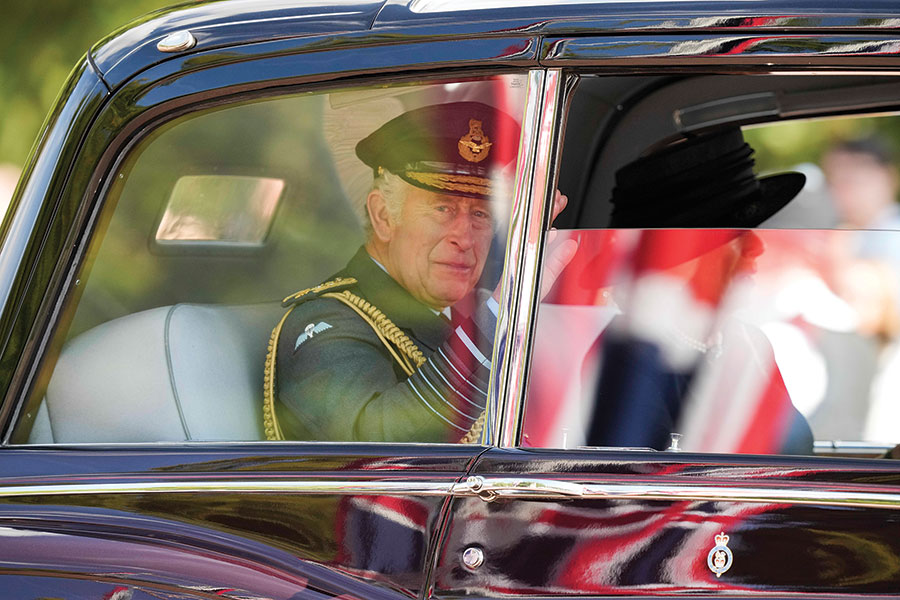
By the numbers, it paid off. The British-based market research company YouGov reported a third of English adults thought, before his accession, that Charles would make a good king, but, after the Queen’s death, 63 per cent expressed the same sentiment. Significantly, 73 per cent approved of the job he had done so far, and 94 per cent thought he performed well in his first speech as King, which aired the morning after the Queen’s death, when he was decisive and struck the right tone. The same day, after he returned from Balmoral Castle in Scotland for his first day of constitutional duties, crowds gathered at Buckingham Palace gates to greet the new monarch, quelling fears that there would be an unenthusiastic public response to his accession.
Charles has thrown himself, robustly, into the role he has waited a lifetime to fill. But how will age factor into his future? After all, he is at a stage when most of us are slowing down, not kicking into high gear.
In his second speech, the King said he was dedicating “what remains to me of my life” to “the heavy task that has been laid upon me.” It was an open acceptance of the fact that his will not be a long reign, but it could still
be transformative.
There are many pressing problems to address and that must be motivating. He will likely hope mourning the Queen in such a majestic fashion during “Operation London Bridge” — the code name for the Queen’s funeral — with its pomp, circumstance and the endless queue to see the Queen lying in state — will have drawn the nation and the Commonwealth together. There is a political and austerity crisis in post-Brexit, post-pandemic Britain. Calls for republicanism at home and abroad, the uproar over his charity scandals and vast, tax-free inheritance must weigh on him.
At 73, Charles was the oldest monarch to take to the throne. Physically, he appears to be in good shape: He seemed to manage the long walks behind the Queen’s coffin easily; his siblings — Anne, the Princess Royal, 72, in the heavy boots of her uniform, Andrew, 62, and Edward, 58 — all looked equally spry. Good genes and longevity run in the family, with Prince Philip living to 99, the Queen to 96 and the Queen Mum to 101.
The Queen was able to slowly alter her schedule over the years, winding down after the pandemic, the loss of her husband and the onset of mobility issues, delegating more and more to her heir and senior working royals. Still, in 2018, when she was 92, she completed 283 engagements. (Pre-pandemic, in 2018 and 2019, Charles had 500 engagements.) The Queen worked consistently during the seven decades of her reign, with responsibilities entered in her calendar annually, or even years in advance. Just two days before her death — sharp till the end — the Queen performed her constitutional duty by meeting with the then new Prime Minister Liz Truss, to invite her to form a government in the Queen’s name.
The Queen was both young and old at the same time, all mixed up in our consciousness, perhaps because of the numerous portraits, newsreels and film and television depictions of her as a princess, wife, mother and monarch. She was never anyone’s kind of little old lady. Charles, who wasn’t owed the deference of a sovereign, was subject to the slings and arrows of tabloid and public fun-making. Will the crown on his head change all that? And more importantly, will it change him?
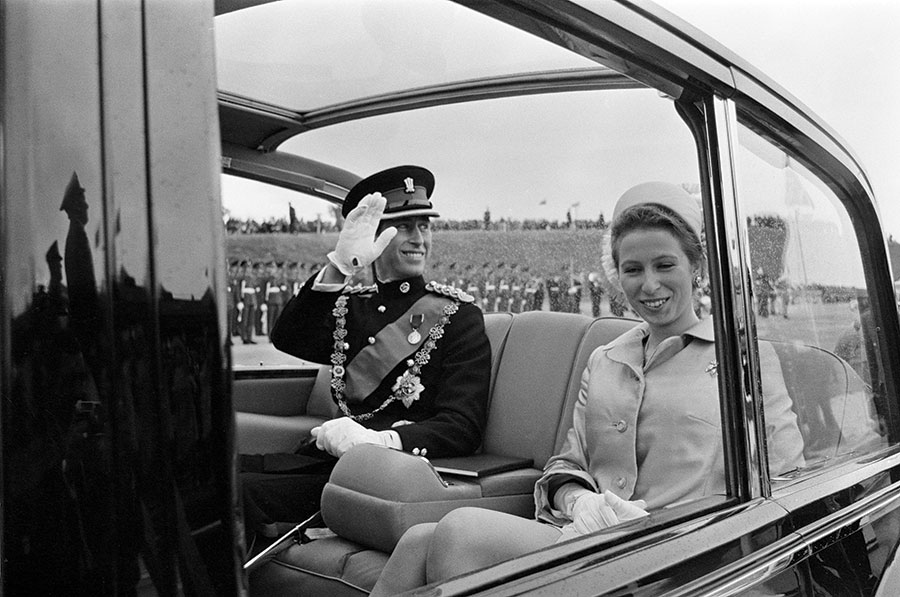
In the tense days after the Queen’s death, Charles made two minor gaffes, both, strangely, on-camera meltdowns involving pens, which went viral. Perhaps they signal that he’ll be a different kind of monarch. His mother, after all, never showed emotion. She likely would have risen above pesky pen placement or made a clever joke about leaking ink. Never complain, never explain. Charles always had a bit of a flare factor. He doesn’t have the same total mastery over his emotions as his predecessor, but that may work to his advantage, humanizing him in this more touchy-feely era.
He will also have to curb his penchant for expressing his political views, to conform to the royal tradition of complete neutrality. Sure, the Queen advised her prime ministers, and taught diplomats from around the world the ropes, but she was careful never to be seen to interfere in the nation’s affairs. Charles has been sending his so-called black spider memos (referring to his handwriting and choice of ink) to MPs for decades, campaigning openly for causes he is passionate about, such as climate change, which showed he was a man ahead of his times. In that first speech, he promised to put all that behind him, and subsequently backed out of COP27, the United Nations climate conference he had planned to attend.
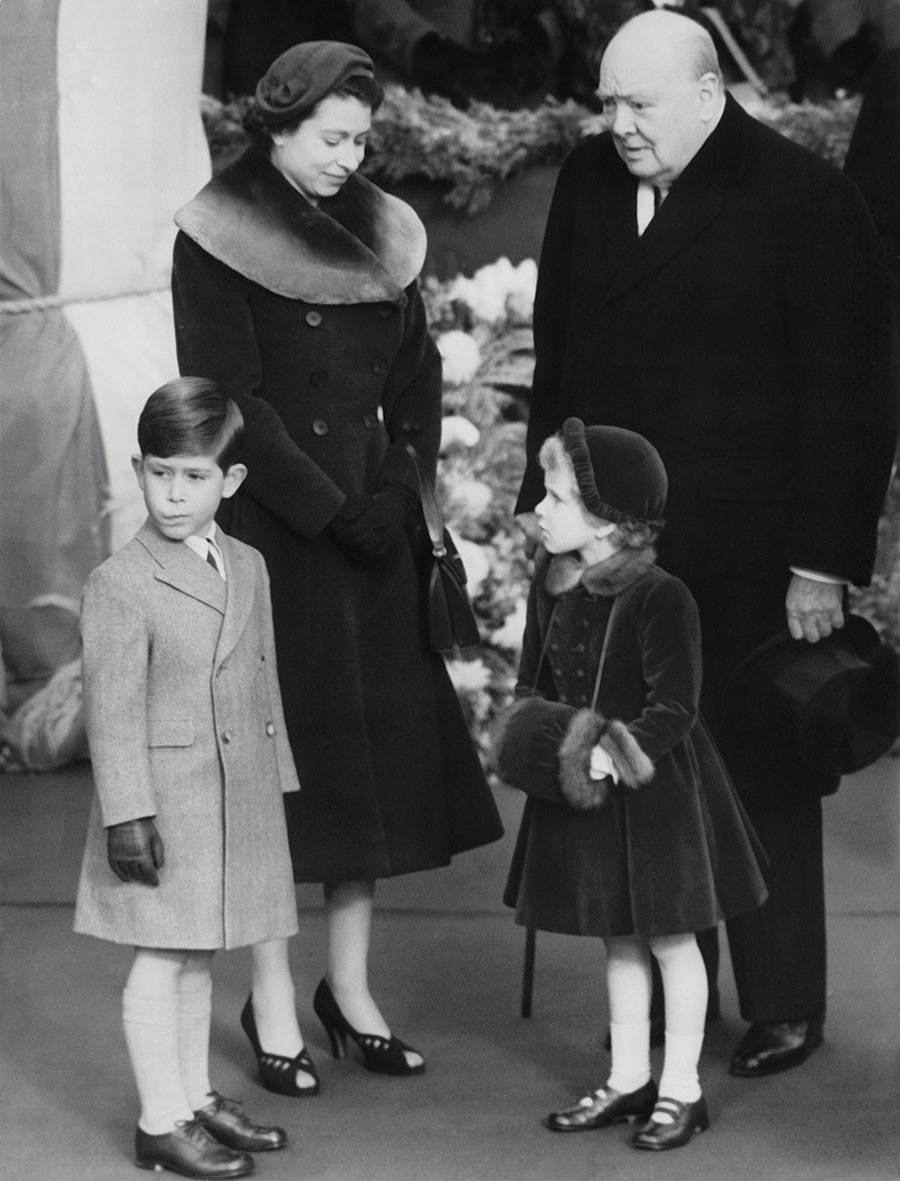
Fresh off the highs and lows of a Jubilee year and his mother’s funeral, where all the visual spectacle and star power of the monarchy was deployed to knit the country together and bolster the institution, King Charles has a good tailwind behind him. Plus, events have conspired to keep the Crown (which has been criticized as obsolete) relevant, and the King in the news.
In the early days of his reign, Charles was swept into the drama around the revolving door of No. 10 Downing Street. The Queen famously worked with 15 prime ministers during her long reign; in less than seven weeks, Charles welcomed two.
At his first weekly audience with Truss, just seven days before she resigned, he was caught on a hot mic mumbling, “Back again … Dear, oh dear. Anyway…” after he shook her hand. No one knows exactly what he meant, but the video clip became a meme on social media because it seemed to reflect the British public’s exasperation — royals, they are just like us! — with Truss’ government, which was already unravelling.
When the King invited new Conservative Party leader Rishi Sunak to form a government, it was the U.K.’s Obama moment — the colour barrier to the country’s highest office had been broken by the son of immigrants from a former part of the British Empire — and Charles was in the frame. It was a counterpoint to the accusations of racism, and the reminders of their history of colonial-based profiteering recently faced by the Royal Family. The symbolic message of the image of the two men shaking hands was a positive for the King. And amid all the political turmoil, the new King showed how integral the Crown is to the country’s fabric.
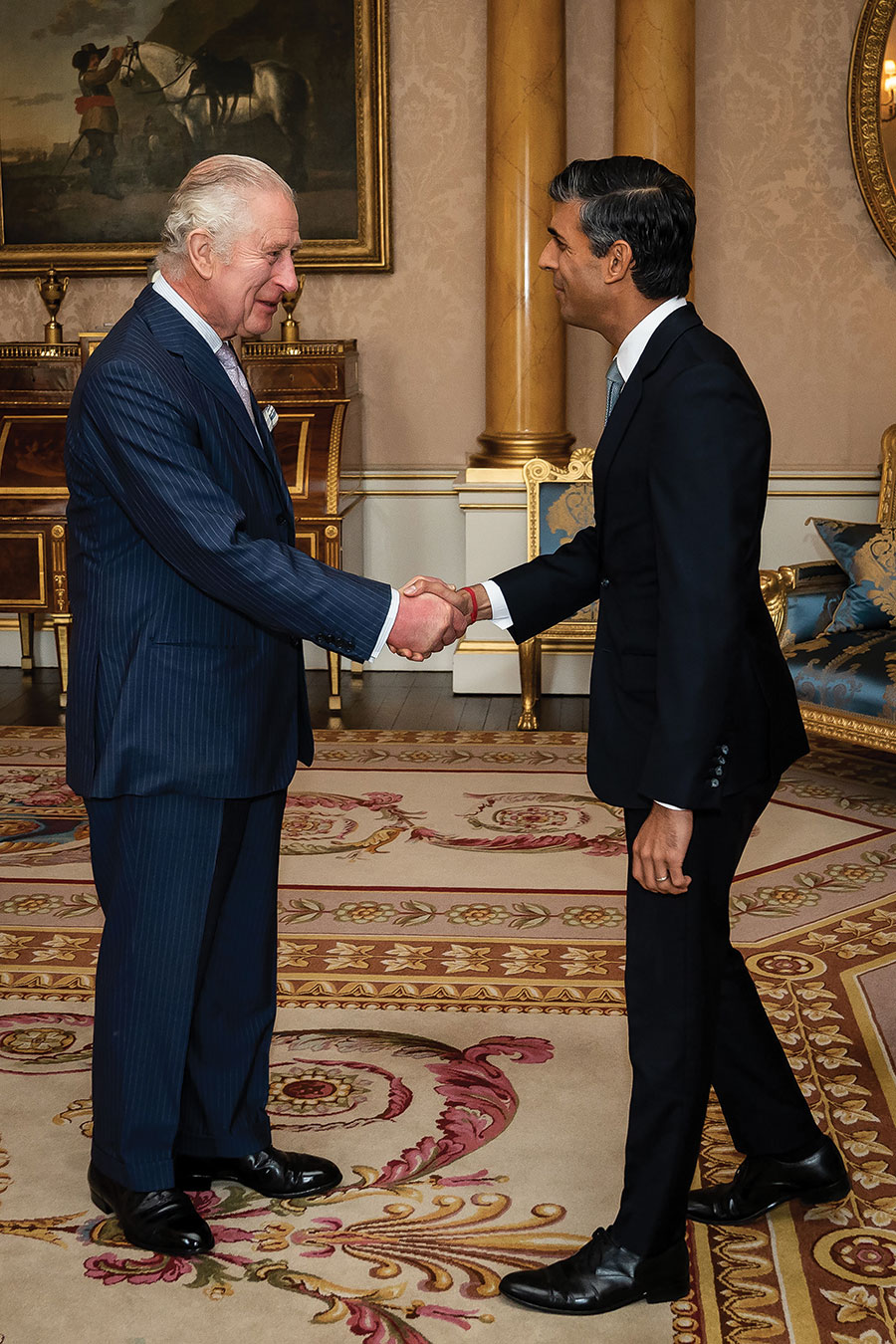
The subject of Prince Harry continues to vex, along with the California-based royal’s estrangement from his brother, William, Prince of Wales, and the spectre of his tell-all book, Spare, which will be released on Jan. 10. That could result in more pain and scandal, given the impending Netflix documentary featuring Harry and his wife Meghan, which has since been delayed to 2023. But it is Season 5 of The Crown, another Netflix property, that promises to challenge the new monarch.
Early criticism of the show, which returned on Nov. 9, focused on a fictionalized scene where Charles discusses the Queen’s potential abdication with Prime Minister John Major. This would, obviously, never have happened, but serves the sensational arc of the series. The dramatic portrayal of the breakdown of his marriage to Diana and the salacious bits about his affair with Camilla is possibly more damaging, especially given the push for the public to accept Camilla as their new Queen. The palace is fighting back, and Charles is receiving sympathy from high-profile monarchists like Dame Judi Dench, who, in an open letter to Netflix, stated that the portrayal was unfair and the company should have a disclaimer emphasizing it is a work of fiction. Although the streaming service did add a disclaimer to the trailer’s announcement, at press time it was unclear if it will add one to the show. It remains to be seen if the goodwill Charles enjoyed right after he acceded will survive this pop-cultural trial by fire.
The coronation, scaled down at Charles’ behest, will follow on May 6, 2023. It will certainly be accompanied by further concerns about royal spending — which Charles has already addressed with a slimmed-down monarchy, selling some of the Queen’s racehorses and downsizing royal staff — which will be exacerbated by a winter where the heating-oil crisis is expected to hurt many average Britons (and the rest of his subjects, like us, an ocean away).
Since King Charles III will be a transitional monarch, bridging his mother’s reign and his son William’s, he has the motive and opportunity to begin reshaping the Crown for modern times. Just as his mother provided inspiration in her tenth decade by navigating the Harry and Meghan rift and providing leadership during the COVID-19 pandemic with verve and vigour, Charles can set an example in his eighth decade by ensuring the monarchy’s continuity and survival. The Royal Family’s fate is in his hands.
Steadfast and True, Princess Anne Is the King’s Sure Advantage
One of the Queen’s best lessons to us all may be that slow and steady wins the race. It is a lesson her only daughter, Anne, took to heart. In recent years, there has been a growing appreciation for the word and character of the no-nonsense Princess Royal. This culminated in accolades for Anne’s stoic demeanour and dedication to her mother in her final days, and through the 10-day mourning period.
Princess Anne was with the Queen when she took her final breath on Sept. 8, and stayed by her mother’s side on the funeral cortège’s epic journey from Balmoral, Scotland, to Windsor, England. We saw Anne’s deep curtsy in Edinburgh, when the Queen’s casket arrived at the Palace of Holyroodhouse after a six-hour, 280-kilometre journey from Balmoral Castle where the monarch had died. Anne made history as the first princess to participate in the Vigil of the Princes at St Giles Cathedral in the Scottish capital, then boarded the Royal Air Force plane that ferried the late Queen from Edinburgh to London. There, Anne marched alongside her brothers behind the sovereign’s coffin in her ceremonial Royal Navy uniform, on the way into Westminster Hall for the Queen’s lying-in-state, where the Princess Royal stood guard in another vigil.
She marched in the state funeral procession — as she had done for her father, Prince Philip, and her grandmother, the Queen Mother — her back ramrod straight, regal in bearing, a resolute figure to behold. When the cortège paused at Wellington Arch, Anne left King Charles III’s side as the casket was transferred to the State Hearse, and she and her husband, Vice-Admiral Sir Timothy Laurence, climbed into the car to accompany the Queen to her final resting place in St George’s Chapel at Windsor Castle.
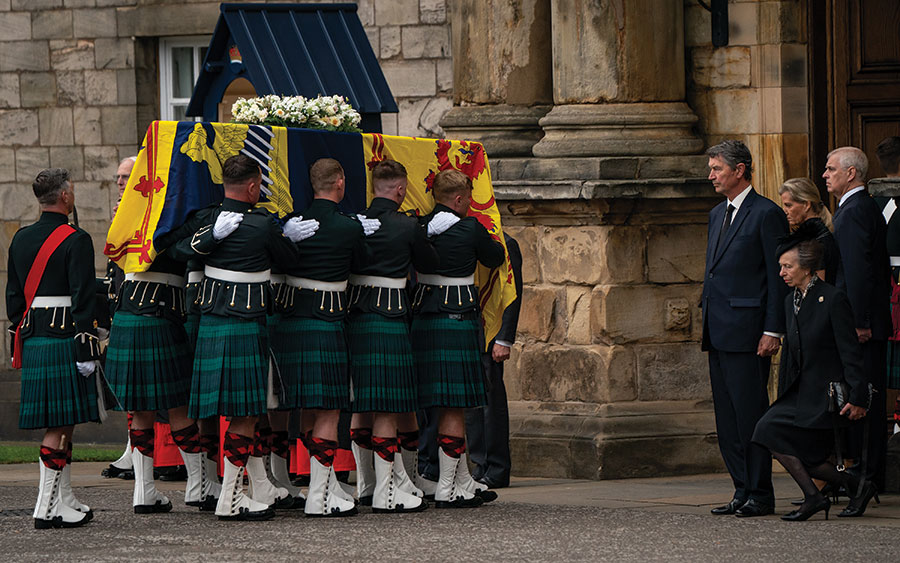
Anne has long been known as a workhorse of the Firm, attending to her assigned duties with a stiff upper lip, but, since she inherited a sense of humour from her mother and her father, she always had a smile and a quip at the ready. She almost always clocks in as the working royal with the second-most engagements on her calendar, behind her brother, Charles.
Now 72, Anne was a glamorous young princess about town. Modern royal watchers were reminded of her heyday, before she went on to become an Olympic equestrian, in the depiction of her youth by Erin Doherty in Season 3 of The Crown. Fans were dismayed when the Netflix series omitted a dramatic 1974 event, the attempted kidnapping of Princess Anne. A mentally ill man blocked her car on a London street, shot her security guard and chauffeur, and had his hand on the princess’s arm as he urged her to get out of the car. “Bloody likely,” was Anne’s flinty response, before she urged him to flee. “Go on. Now’s your chance.” Anne’s stoicism has stood the test of time. She is thrifty (wearing clothes from her closet that have been in regular rotation for four decades), unchanging (sporting the same hairstyle forever, like her mother; but in her case, a practical helmet updo) and committed to duty.
It was the image of Anne, revolutionary and traditional at the same time, who was perhaps most comforting to both family — and the public — during the long, 11 days of rituals as the Queen was laid to rest. She embodied her parents’ chin-up-and-get-on-with-it attitude, which was exactly the tonic and the example needed for the moment.
In the first days of King Charles III’s reign, he relied on his sister more than ever; the Queen’s two eldest were always a tight unit. When their mother ascended the throne in 1953, the Queen was consumed by the new job’s duties. Charles and Anne, then preschoolers, had a very different childhood than their two younger brothers, who came after a 10-year gap, when their mother was more settled into the role.
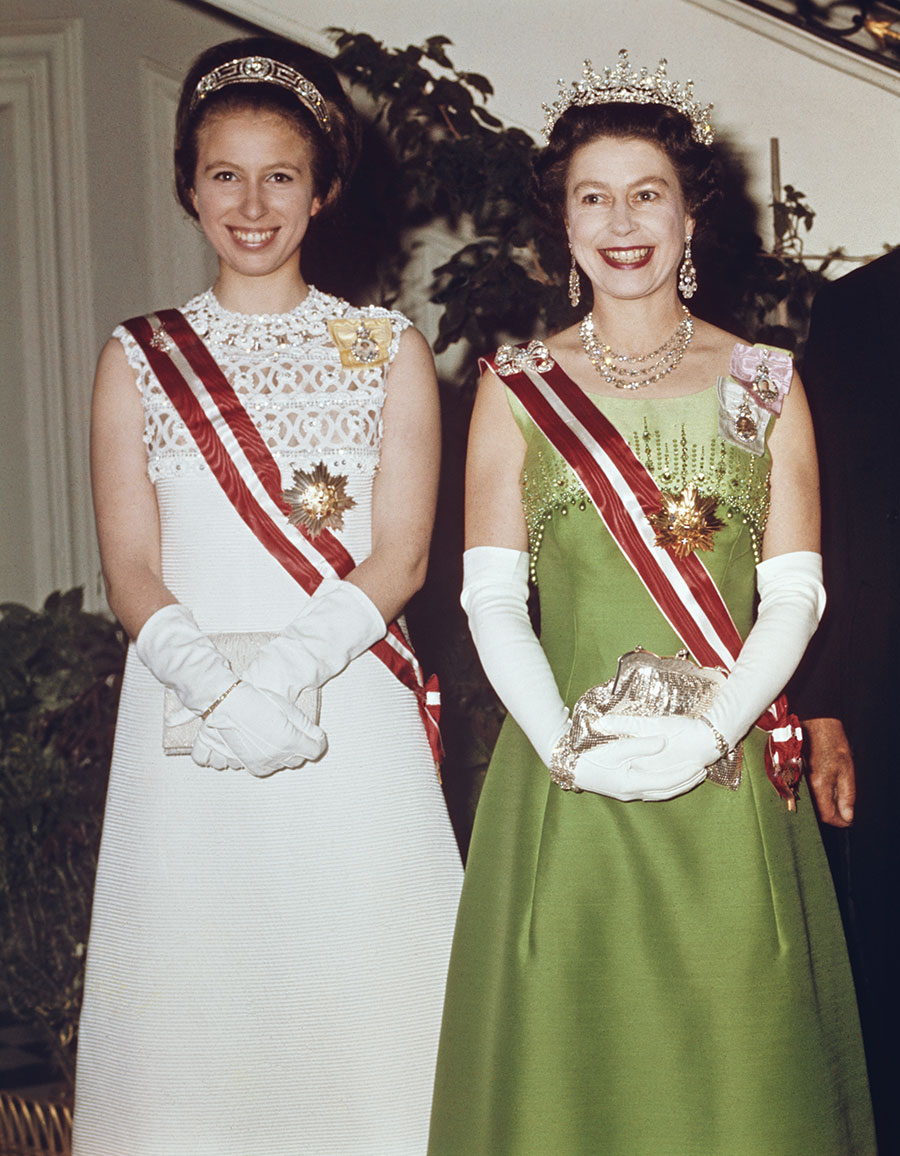
One of the first moves by the new king may be to send an amendment of the Regency Act of 1837 to Parliament, which determines the monarch’s Counsellors of State — those who can act in his absence. The list, which includes, by law, King Charles’ spouse, Camilla, the Queen Consort; and the four most senior adults in the line of succession — William, Prince of Wales; Harry, Duke of Sussex; Andrew, Duke of York and Princess Beatrice — is reportedly set to be expanded to favour Anne, Princess Royal, and Edward, Earl of Wessex, who are both working royals, unlike Harry, Andrew or Beatrice. It would be a recognition of the hard work of Anne and Edward.
Meanwhile, Anne started out the new royal era in the same way she conducted herself in the last. No one knew she was making a surprise official visit to New York in October, days after the official mourning period ended, until she was photographed on the Staten Island Ferry. Unassuming and delightful, and right on brand, Anne is getting on with things.
A version this article appeared in the December 2022/January 2023 issue with the headline ‘A House, United’, p. 46.
RELATED:
King Charles III Asks U.K. Parliament to Allow Princess Anne and Prince Edward to Act in His Place
King Charles Celebrates His First Birthday as Monarch With a New Photo and New Role